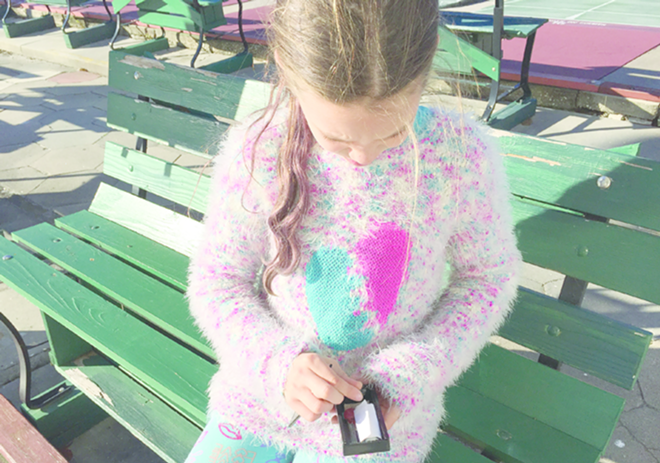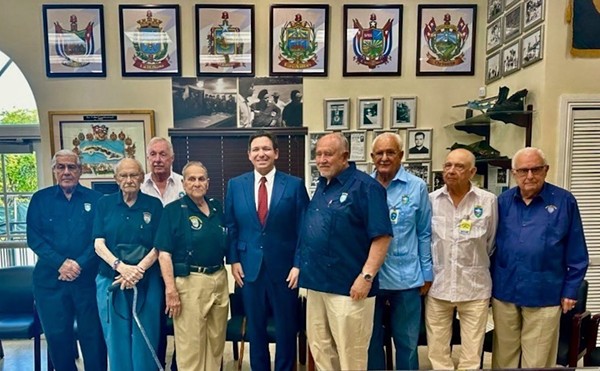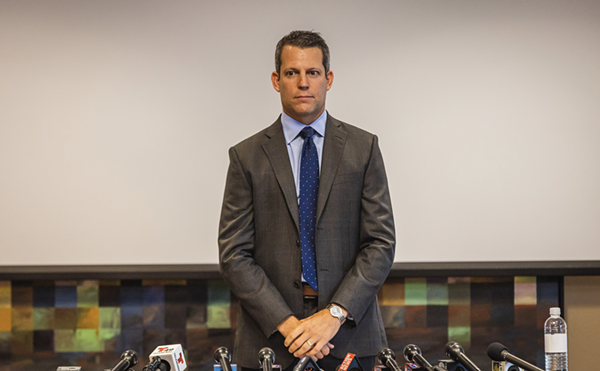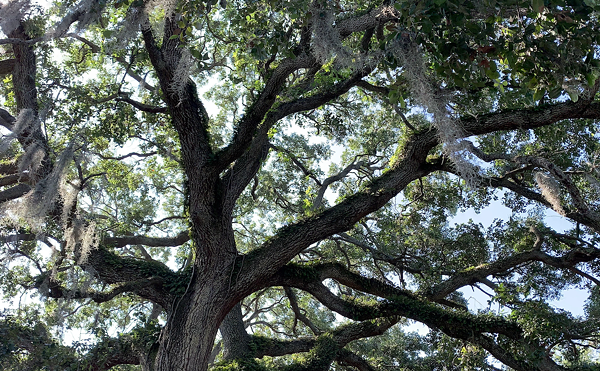We human beings have an inbred desire for discovery. We’re hard-wired to love exploration. We seek new places and
new experiences.
Well, some savvy souls have cooked up a way to feed this thirst, with the side benefit of opening our eyes to our surroundings, both natural and manmade.
Geocaching is the term of art for this form of treasure hunt, created 15 years ago in Seattle when the accuracy of GPS systems improved tenfold with the launch of 24 new global satellites. The name is a mashup of “geo,” meaning earth, and “cache” from the French for hiding place, a word that can connote anything from pirate booty to computer memory.
The enterprising techies who came up with the idea of geocaching turned it into a global operation, complete with website, gear, totem objects and travel destinations. Today there are 15 million players and over 2,772,530 geocaches worldwide.
Tampa Bay has well over 100 geocaches on both sides of the bay, most in urban areas. The game is a perfect catalyst for poking around your town, literally looking more closely than ever — because geocaches are not necessarily easy to find.
To get started on my own quest, I went to geocaching.com and posted my location. A map popped up with a number of sites and their proximity to me. I counted 19 in my neighborhood alone.
Each site has a name, GPS coordinates, and a star rating for difficulty of discovery and terrain. Additional information includes the date when it was hidden, how recently it was visited, and attributes like ease of parking, scenic view, kid-friendliness. There’s a log of how many searchers found it and how many didn’t. The size of the container is noted and there are often clever hints in the form of simple codes.
After finding a geocache, people leave notes online telling the date of discovery, adding comments like “Greetings from Switzerland” and the number of geocaches they’ve uncovered — personal best or competition?
My favorite note at a downtown Tampa cache was from M&M Melted: “Tampa has some awesome public art and this very patriotic mural is a great example. Thank you for hiding this cache here so more folks can view the painting.”
I stumbled across geocaching for the first time in January when I was photographing the St. Petersburg Shuffleboard Club. Maya James, nimbly searching under the seating, exclaimed when she located a small metal box with a geocaching logo on the side.
She carefully opened it to reveal a paper with names and various small objects, known affectionately as “bugs.” Maya removed one and swapped it with a small object of her own. Then she added her name and date to the paper and carefully replaced the box in its hiding place.
When I asked her mom, Sara Norine James, a photographer, fiber artist and instructor, about this novel activity, she explained the geocaching concept and encouraged me to check out the historic Mirror Lake Library next door, another cache site. Amazed at this hidden world, I began to ask friends and sure enough, many were familiar with this delightful activity.
We all bemoan sameness in our world and want to celebrate what is unique in our area and as we travel. This game provides us an excuse to snoop and sniff, look close and linger. James observed, “Geocaching slows you down to notice things that are worth noticing. It encourages odd behavior, which I like.”
So who is eligible to hide a cache? Folks are encouraged to visit at least 100 sites to get a feeling for what makes a good one, noting that there are basic ground rules — for instance, it has to be at least 1/10th of a mile away from another site, and the container must be waterproof, durable and contain a logbook. Anyone can submit a site for review, but a volunteer must check it for accuracy before it goes “live” online. The creator has to agree to maintain it forever, with only online notes of appreciation as reward.
Some folks take cache creation as a major creative challenge (there are a number of YouTube videos bragging on particularly clever caches). And, of course, the main website has a store with lots of helpful tools. My personal favorite for $34.99 is the Devious Nature Cache Container Set, including an authentic-looking rock, pine cone and small log. Though there’s a whiff of consumerism hanging around all these goods available for purchase (hats, gloves, find-a-cache starter kits, safety vests, pricey backpacks and $299 handheld Garmin GPS devices), these branded objects do support the feeling of being part of a team. And even though most geocache experiences are individual, some group activities do take place, including a rare Giga Event, which attracts 5000+ folks from around the world.
Kimberly Finn, director of programming and membership for the Tampa Downtown Partnership, summarizes the appeal of geocaching. “It’s a 21st-century treasure hunt that highlights downtown gems and allows people to interact with the urban core in new and unique ways. And really, who doesn’t like a little adventure?”



















